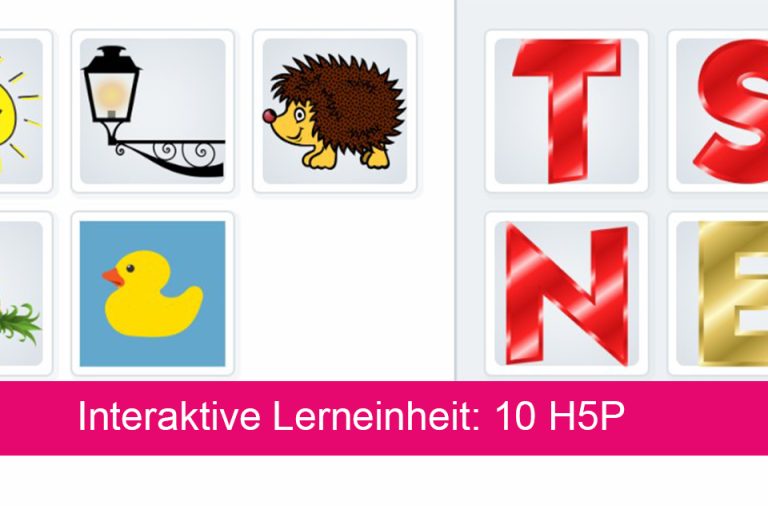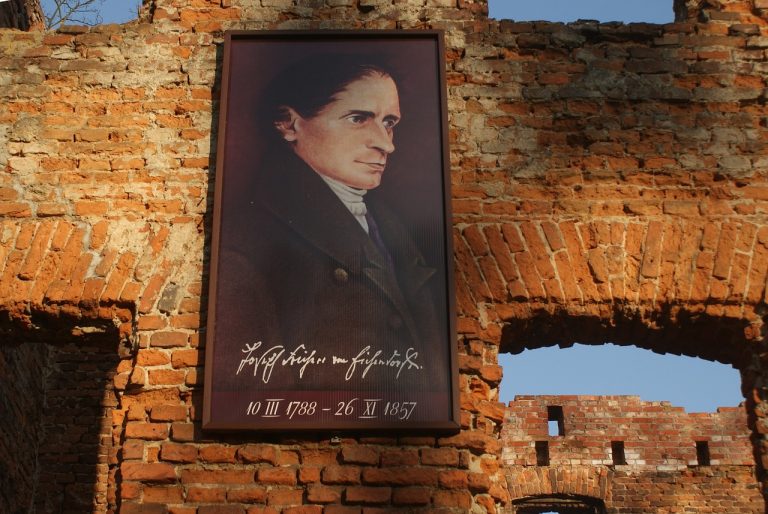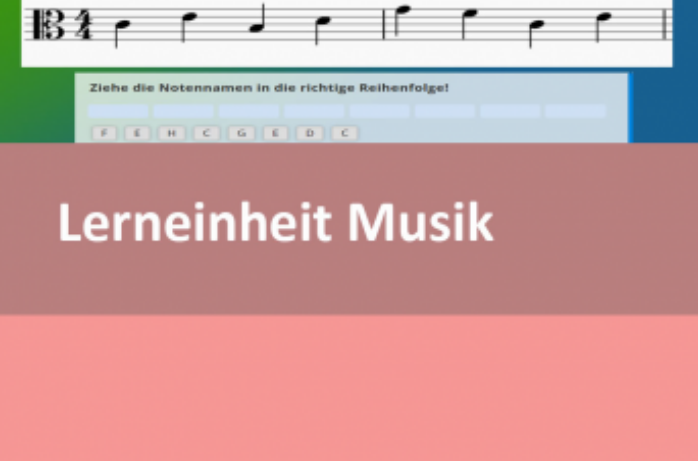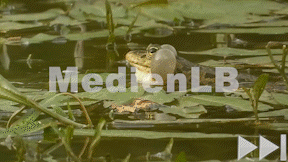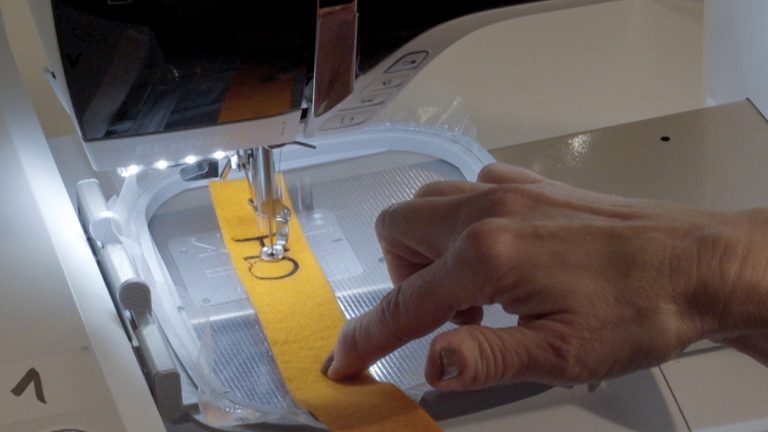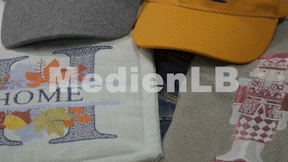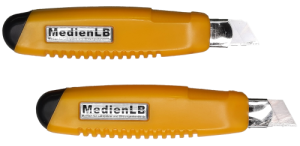Suche:
- # Artistry
- # Biology
- # Chemistry
- # Ecological
- # Economy
- # English
- # Foreign Language
- # Geography
- # German
- # Health
- # History
- # Informatik
- # Latin
- # Mathematics
- # Media Education
- # Music
- # Physics
- # Politics / Civics
- # Preschool
- # Primary School
- # Religion
- # Society
- # Sports
- # Technology
- # Training of Teachers
- # Vocational Education
Lerneinheit Deutsch 1
In 10 interaktiven Aufgaben beschäftigen sich die Lernenden mit Anlauten, Silben und Wortanfängen.
Learn moreLerneinheit Mathematik 5-8
In 10 interaktiven Aufgaben werden Gleichungen in Form von Zahlenrätseln gelöst.
Learn moreLerneinheit Geographie 7/8
In 10 interaktiven Aufgaben wird Wissen zu den Phänomenen der globalen Verstädterung vermittelt und abgefragt.
Learn moreLerneinheit Geographie 7/8
In 10 interaktiven Aufgaben wird Wissen zu Megacities und Smartcities vermittelt und abgefragt.
Eichendorffs Marmorbild
Joseph von Eichendorff (1788 - 1857) war ein bedeutender Schriftsteller der Romantik. Merkmale dieser Epoche waren die Naturverbundenheit, Sehnsucht, Religion, aber auch die Psyche des Menschen. Diese Motive aufgreifend, schrieb Eichendorff seine Novelle „Das Marmorbild“.
Learn moreNoten lesen
In 13 interaktiven Aufgaben und Videos wird Wissen über das Lesen von Noten in drei verschiedenen Notenschlüsseln vermittelt und anschließend abgefragt.
Learn moreFrosch und Kröte
Frösche und Kröten sind Amphibien und gehören zur Ordnung der Froschlurche.
Learn moreInfento Amsterdam
Mit Infento bauen Schüler lebensgroße (elektrische) Fahrzeuge und viele andere supercoole Kreationen!
Learn moreSticken mit der Stickmaschine
Der Film zeigt anschaulich die Funktionen und Möglichkeiten der Stickmaschine.
Learn moreVogelei
Das Hühnerei ist das bekannteste Vogelei. Nicht nur, dass ihm Küken entschlüpfen, es landet auch als Backzutat im Kuchen, oder als Frühstücksei auf unseren Tellern.
Learn moreKakao aus Belize
Ein Film von Roland Wehap. Der Film zeichnet den Weg einer Kakaobohne aus den Wäldern Belizes bis zur Verarbeitung in einer Schokoladenmanufaktur nach.
Learn moreKünstler hautnah 360° - Jörg Engelhardt
Quality seals such as the "Bio-Siegel", "Blauer Engel", "Stiftung Warentest" and up to 1,000 other seals represent characteristics such as sustainability, health or safety with regard to a product, a service or even a company.
Learn more



